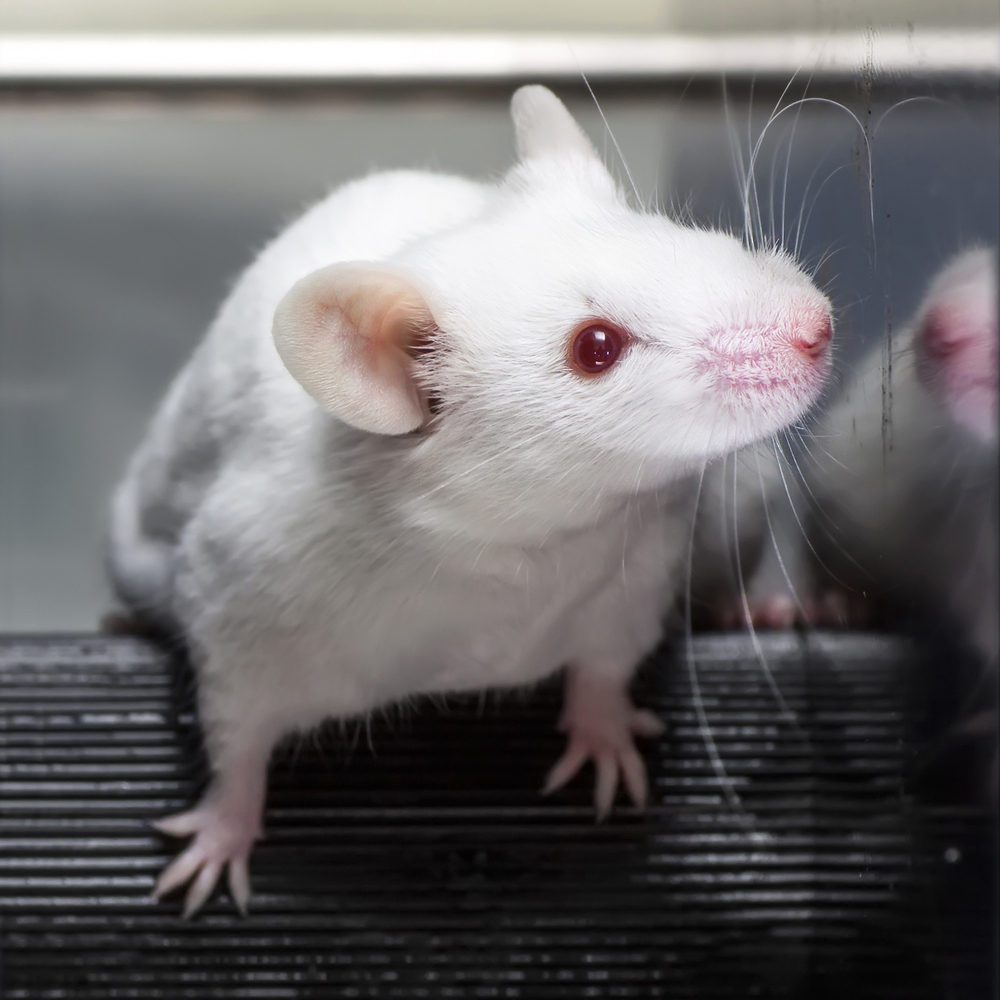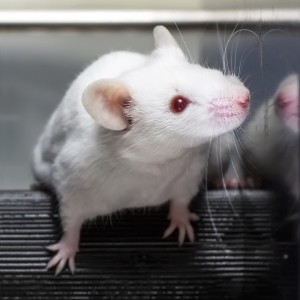Humanized Mouse Model Promises Novel Therapies For Several Autoimmune Diseases

 Researchers at the Center for Clinical and Translational Science, Ohio State University developed the first chimeric mouse model to study Sjögren’s syndrome, an autoimmune disorder. Notably, this new mouse model will also allow researchers to study the human characteristics of other autoimmune diseases, including lupus.
Researchers at the Center for Clinical and Translational Science, Ohio State University developed the first chimeric mouse model to study Sjögren’s syndrome, an autoimmune disorder. Notably, this new mouse model will also allow researchers to study the human characteristics of other autoimmune diseases, including lupus.
Autoimmune diseases are characterized by an exacerbated immune response of the body against one-self healthy tissue. Sjögren’s syndrome is an autoimmune disorder where hyper-reactive inflammatory cells attack and destroy exocrine glands, particularly tear ducts and salivary glands. This results in the development of xerostomia (dry mouth) and keratoconjunctivitis sicca (dry eyes). Currently, in the United Sates Sjögrens syndrome is one of the most prevalent autoimmune disorders, affecting one percent of the population. However, further understanding of disease mechanisms as well as therapeutics has been hampered by the lack of disease models.
Now, a research team at the Center for Clinical and Translational Science, Ohio State University developed the first humanized mice for Sjögren’s syndrome. These chimeric mice (a mouse containing a mixture of genetically different tissues) are built to have an immunological “blank slate,” i.e., they lack mouse immune cells that can attack and reject human cells, thus allowing them to thrive. Chimeric mouse models are very popular in cancer research but their use is limited in other diseases.
The research team led by Wael Jarjour, MD, Director of Immunology and Rheumatology set out to develop a chimeric mouse model for Sjögren’s. The researchers collected peripheral blood mononuclear cells (PBMCs), either from healthy donors or Sjögren’s patients, and injected each cell group into mice. The recipient mice of Sjögren’s patients’ cells developed an exacerbated immune response, as visualized by increased inflammatory cells in both tear ducts and salivary glands, as well as an increase in the production of cytokines.
The new model is a crucial tool to aid researchers in understanding the human features of Sjögren’s disease and establish future therapeutics.
Nicholas Young, PhD, an immunologist with Ohio State’s Wexner Medical Center involved in the study commented in a press release, “We showed that the organs in the SjS chimeric mice were selectively targeted, creating an ideal in vivo environment to test experimental therapeutics and investigate T-cell disease pathology. While this system will allow us to conduct a much more accurate study of Sjögren’s pathology, the versatility of this model is very exciting because it is applicable to other autoimmune disorders, including lupus.”
Lai-Chu Wu, DPhil, Associate Professor, Department of Molecular and Cellular Biochemistry and study collaborator added, “This chimeric mouse model also reveals intriguing therapeutic prospects that could lead to individualized patient care one day through the establishment of a fully functioning ‘human’ immune system.”






